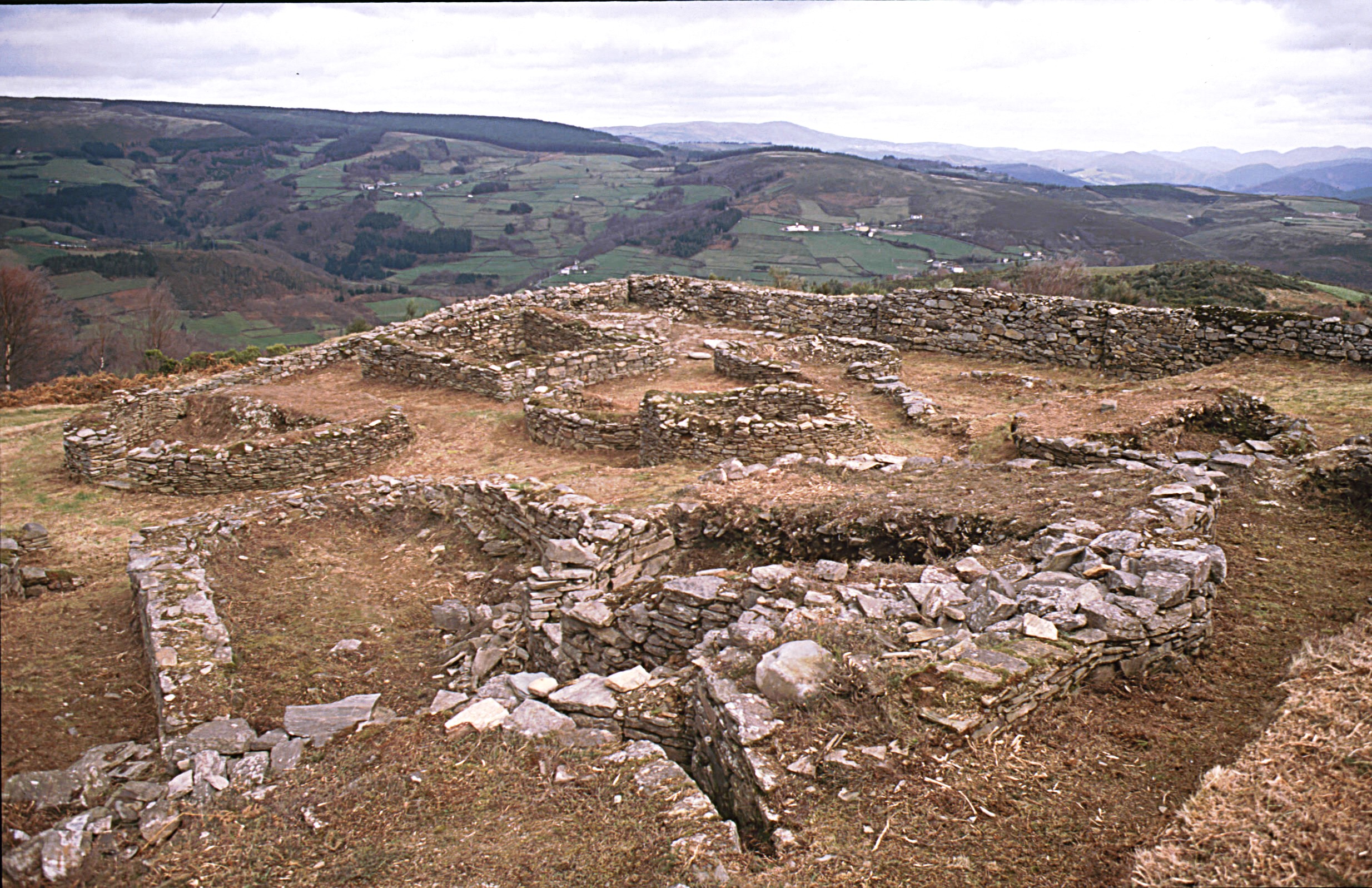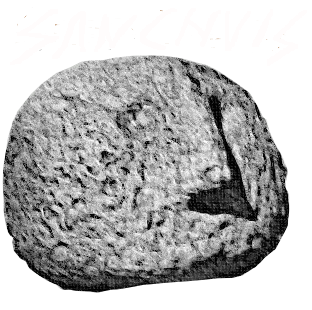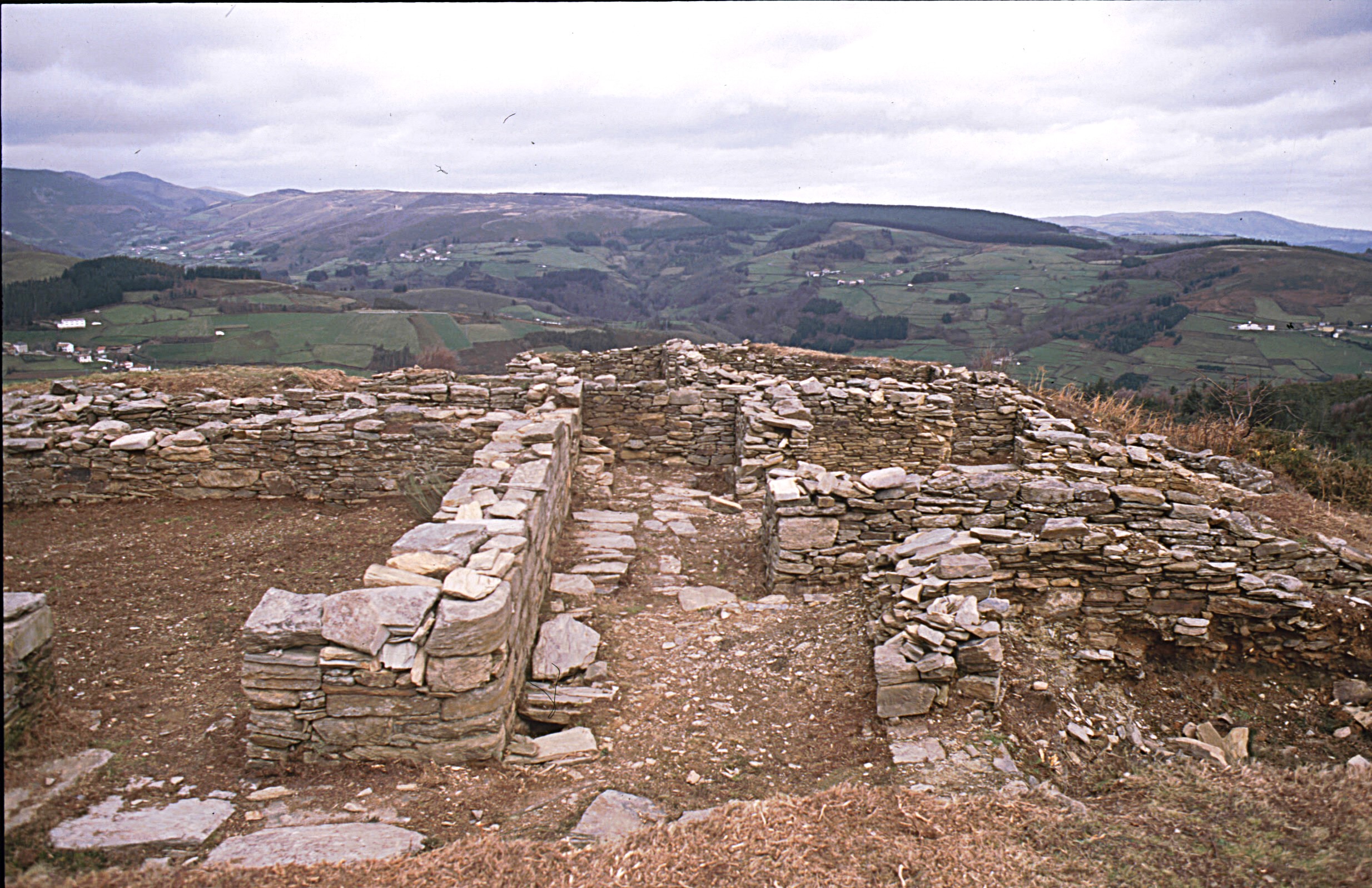PARA EMPEZAR
El castro de San Chuis (Allande, Asturias, España) es un poblado fortificado situado en el corazón de las montañas occidentales de la Cordillera Cantábrica. En él se ha documentado una ocupación muy dilatada en el tiempo que se extiende entre 800 cal BC y 360 cal AD y se plasma en una sucesión estratigráfica y una superposición de estructuras arquitectónicas de gran interés, atribuibles a la I y II Edad del Hierro y a la Romanización. Descubierto en 1952, fue excavado sistemáticamente por del profesor Francisco Jordá Cerdá en dos series de campañas, la primera entre 1962 y 1963 y la segunda entre 1979 y 1986. Con posterioridad a la excavación del castro y a partir de la información y materiales obtenidos por el profesor Jordá, en los últimos años hemos venido desarrollando un proyecto de investigación encaminado a sacar a la luz los resultados de las citadas excavaciones. Estos trabajos han sido desarrollados por un equipo de investigadores bajo la coordinación de Jesús F. Jordá Pardo y sus resultados forman parte de la tesis doctoral de Carlos Marín Suárez, presentada en la Universidad Complutense de Madrid en el año 2011, y de la de Juana Molina Salido, presentada en la Universidad Nacional de Educación a Distancia (UNED) en 2016 centrada en la digitalización y sistematización de toda la documentación e información arqueológica generada por las excavaciones realizadas en San Chuis, con el objetivo de construir una Infraestructura de Datos Espaciales (en adelante IDE). Para eso hemos desarrollado una Base de Datos General, una completa planimetría descriptiva, un modelo de reconstrucción virtual del castro tanto de la Edad del Hierro como de Época romana y la presente página web. Esta última tesis daría lugar a la publicación del libro From the Archaeological Record to Virtual Reconstruction The Application of Information Technologies at an Iron Age Fortified Settlement (San Chuis Hillfort, Allande, Asturias, Spain) en el año 2018.
TO GET STARTED
San Chuis hillfort (Allande, Asturias, Spain) is a fortified settlement placed at the heart of the western mountains of the Cantabrian Mountain Range. Its chronology covers a wide period of time between 800 cal BC and 360 cal AD. This extensive occupation of the settlement is reflected in the stratigraphic succession and in a very interesting overlapping of architectural structures dating from the Early Iron Age to the Roman Empire. This hillfort was discovered in 1952 and has been systematically excavated by Professor Francisco Jordá Cerdá in two series of archaeological campaigns, the first of them between 1962 and 1963, and the second between 1979 and 1986. After the archaeological excavation, we have been developing, in the last years, a research project based on the analysis of the material and the information obtained. These works have been developed by a research team coordinated by Jesús F. Jordá Pardo and the results of these investigations have informed in the PhD thesis of Carlos Marín Suárez, defended at Complutense University of Madrid in 2011, and in the PhD thesis of Juana Molina Salido, presented at the National University of Distance Education (UNED) in 2016 focused on the digitization and systematization of all the documentation and archaeological information generated by the excavations carried out in San Chuis, with the aim of building a Spatial Data Infrastructure ( hereinafter SDI). For this we have developed a General Database, a complete descriptive planimetry, a virtual reconstruction model of the hillfort from both the Iron Age and the Roman Period, and this website. This last thesis would lead to the publication of the book From the Archaeological Record to Virtual Reconstruction The Application of Information Technologies at an Iron Age Fortified Settlement (San Chuis Hillfort, Allande, Asturias, Spain) in 2018.
Funciona gracias a WordPress
CASTRO DE SAN CHUIS © 2024 by JUANA MOLINA SALIDO is licensed under Creative Commons Attribution-NonCommercial-NoDerivatives 4.0 International


